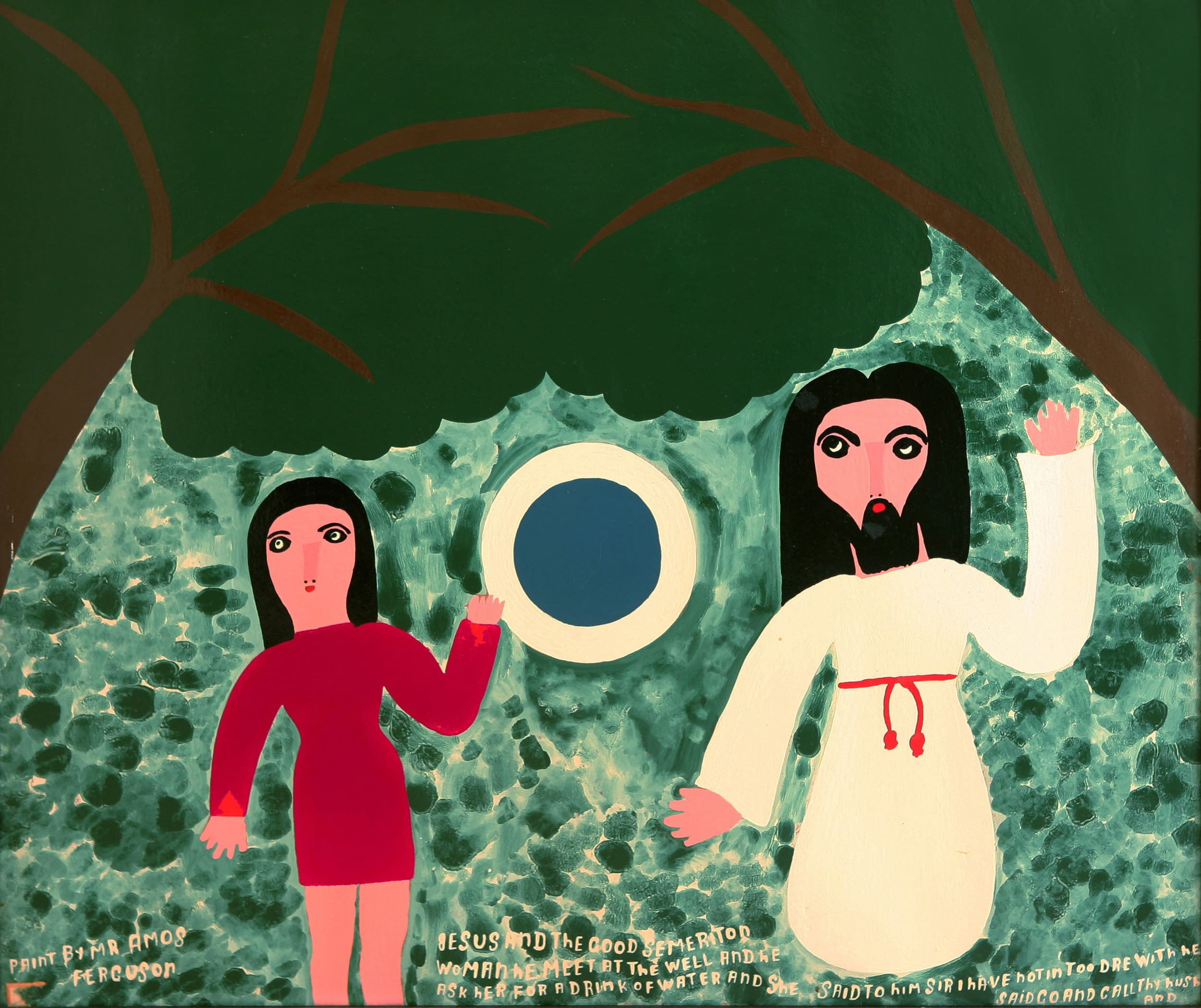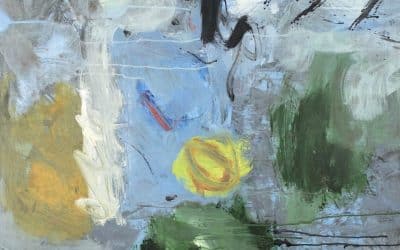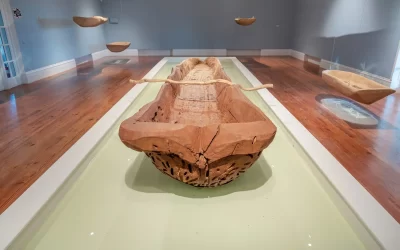
By Natalie Willis
Amos Ferguson is arguably one of our most widely known Bahamian artists in the international arena. By now quite a few of us know of his life’s story: coming from Exuma to Nassau, growing up under a very religious father (as one of many children), growing his deep love of the Bible and his father’s words as a preacher, the house painter by trade turned intuitive artist. With his foundation in art being so firmly rooted in visions and the divine (he was famously told to paint by a vision from God that his nephew had experienced), and in the hustle and bustle of the straw market, Ferguson’s work appears to be quaint but holds the conviction and confidence of a man who knows himself. This kind of confidence, it would seem, can only come from such a strong belief in oneself – and maybe this can only come from believing something bigger than you. This might be where the Bahamian brand of biggity behaviour comes from, our spirituality – whatever deity we might bow our heads to.
“Jesus and the Good Semeriton” (nd) is in keeping with Ferguson’s practice in the now-iconic markers of his practice: flat expanses of colour in simplified shapes, a particularly plastic and fleshy pink to denote whiteness of skin, his beloved white Jesus, and hand-painted titles full of Bahamian vernacular. Yes, there are misspellings, but with Ferguson’s work it often feels as though this has more to do with the particularities of our speech and dialect than a careless disregard for proper spelling and grammar. His attention to titling is one of the few ways we have immortalised Bahamian dialect in a genuine, sincere, and meaningful way.
We see Jesus portrayed in the scene with the Samaritan woman at the well, asking for water to quench his thirst and telling her of the drink of life-forever that God gives that quenches all thirst for eternity. This theme of water and pools runs deep through Christian iconography through history, but also through other forms of spirituality and mysticism the world over. Our connection to bodies of water is part of the magic and light of the Caribbean, it is what keeps us connected and floating in our mother’s bellies, it is the majority of our physical bodies – but it is also tears, it is swimming in the sea when we need peace or feel achy bones, and it is baptisms. Though Ferguson’s work is simple at first, he effectively ties his work into all of these conversations through the intuitive and wholly-human process of his creativity, particularly in moments such as those seen in “Jesus and the Good Semeriton” (nd) dealing with the divine.
There is also a shrouded and clandestine nature to this work, with some of Ferguson’s usual flatness abandoned in favour of overgrown grass and bush, making the figures look not just alone, but distanced. There is this distancing for many people of the African diaspora and the Black Caribbean who adhere to Christianity when they look to depictions of Jesus as he is often white and western looking, despite allegedly coming out of a part of the world that is very much full of brown faces. Family bibles filled with Renaissance paintings of Christ and angels are many people’s first introductions to art, but they are not depictions many of us can see ourselves in, and neither are they accurate for the setting of the Good Book itself.
Ferguson’s deference to white-Jesus is as much testament to our complicated history with Christianity as a postcolonial nation as much as it is a testament to his deep love of religion. As we begin to see shifts in people trying to construct more positivity in moving forward from what is a very difficult past, we can begin to question our ties to religion in this space in a way that is critical but also sensitive. We had Christianity forced upon us during the colonial era, with many African practices being demonized or marginalised as a result, but so many more have been able to find a sense of hope and salvation. We can embrace Christianity while having a saviour with a brown face; we can have a love and appreciation for spiritual practices different to this that are rooted in our African ancestry without worrying about eternal damnation. All in all, the message that Ferguson, Jesus, Haile Selassie, Oshun, Yemaya and any other number of followers and leaders and figures in religion preach is the same: peace, love, and goodwill.

